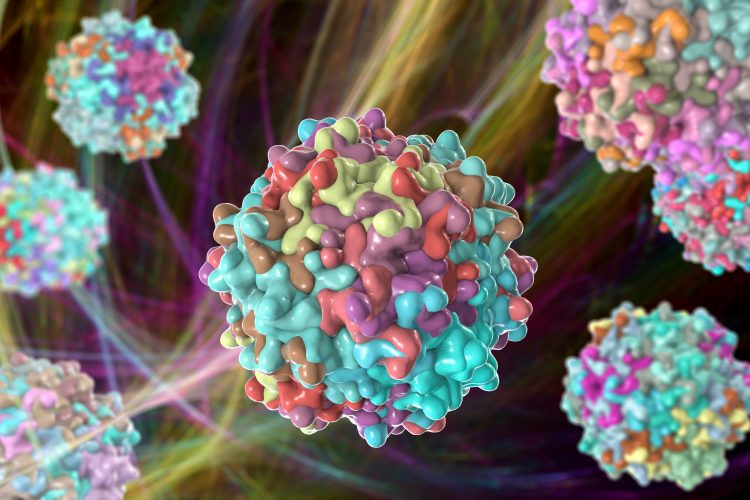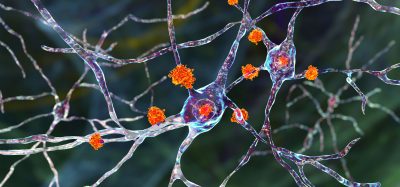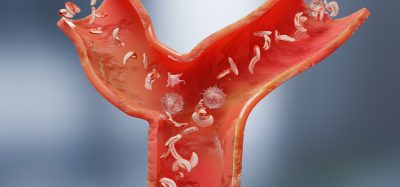Novel version of CRISPR gene-editing protein engineered
Posted: 31 May 2024 | Drug Target Review | No comments yet
Researchers have developed a new, compact EbCas12a variant that can be packaged into an all-in-one AAV system with its crRNA.


A new version of a crucial CRISPR gene-editing protein has been developed by scientists at Wuhan University, which demonstrates efficient editing activity and is small enough to be packaged within a non-pathogenic virus that can deliver it to target cells.
In recent years, there has been many studies attempting to harness CRISPR gene-editing systems. These systems rely on CRISPR-associated (Cas) proteins, with Cas9 and Cas12a being the two most used types. Packaging CRISPR proteins within a non-pathogenic virus is a promising method, as they could deliver the proteins to target cells. In these cells, they would modify specifically targeted DNA sequences to treat disease. However, the commonly used adeno-associated virus (AAV) is small, and although some Cas9 proteins can fit inside, Cas12a proteins are usually too large.
Led by Dr Hongjian Wang, the team detected a small version of Cas12a, named EbCas12a, that occurs naturally in a species of the Erysipelotrichia class of bacteria. They improved its gene-editing efficiency by changing one of the animo acids in the protein for another. Then, when they applied this modified protein, enEbCas12a, to mammalian cells in a dish, the gene editing efficiency was comparable to that of two other Cas12a proteins regarded for highly accurate gene editing.
The researchers then demonstrated that enEbCas12a is small enough to be used for AAV- based gene therapy by modifying enEbCas12a to target a specific cholesterol-associated gene and packaging it within the virus. When the virus was administered to mice with high cholesterol, they observed a significant reduction of blood cholesterol levels in the treated mice one month later, compared to mice that did not receive the virus.
Further studies will be required to determine if enEbCas12a could one day be used to tackle human disease. Despite this, the results indicate it could be possible to use AAV to deliver Cas12a proteins for gene therapy. The authors concluded: “The novel compact enEbCas12a, along with its crRNA, can be packaged into an all-in-one AAV system for convenient gene editing in vitro and in vivo with high-fidelity, which can be very beneficial for future clinical applications and more tool developments including all-in-one AAV- based multi-gene editing, base editing, primer editing, etc.”
This study was published in PLOS Biology.
Related topics
Amino Acids, CRISPR, Gene Therapy, Genome Editing, In Vitro, In Vivo
Related organisations
Wuhan University
Related people
Dr Hongjian Wang (Wuhan University)








